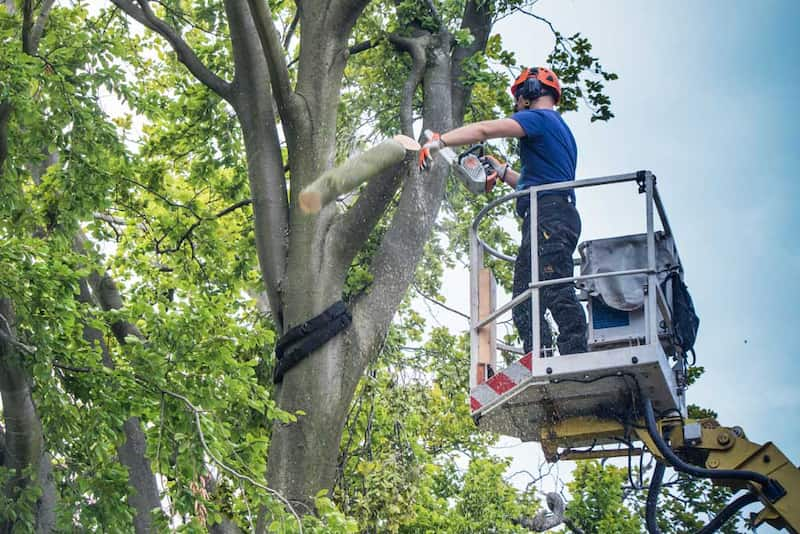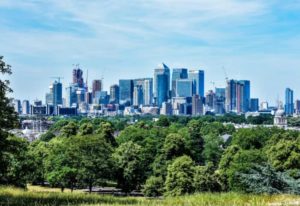Just like humans, trees need consistent water, carbon dioxide, food, and nutrients from the soil and sun to grow and survive. Unfortunately, they can also get sick and die like any other living organism. Some diseases and infections that affect trees can be caused by pathogens and invasive insects, resulting in tree death. It takes an experienced arborist to identify what problem may be plaguing your tree. As a tree owner, you need to ensure that your tree is safe and healthy. We have listed down the most common symptoms to determine if you have a sick tree on your property. It is important that you know these signs to check if you need the help of a skilled and competent arborist.
First, Visually Inspect Your Tree and Its Parts
If you have noticed something odd on your tree, one of the first things to do is check its parts! The earlier you spot its symptoms, the sooner you can take necessary actions. Early tree treatment is always recommended by tree experts, so make sure to regularly inspect your trees.
To do this, you need to start from the ground up and examine the roots, trunk, foliage, and branches. Look for any signs of cankers, peeling barks, small holes, dying branches, and brown-tipped, deformed leaves. Keep reading below to see some of the warning signs you should always be on the lookout for.
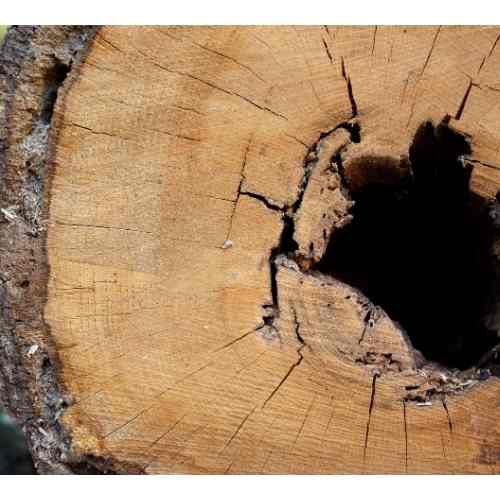
An Example of a Cavity in a Dead Tree Trunk
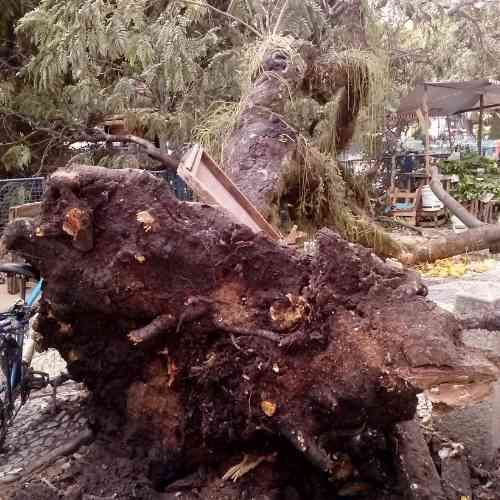
This Tree Toppled due to extensive root rot.
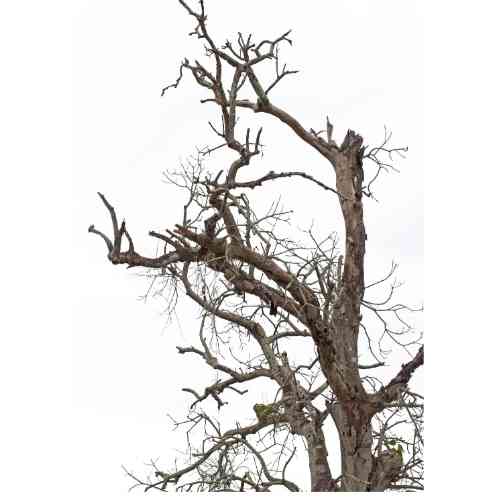
A completely dead tree (still standing) with bare branches and twigs
Trunk and Bark Problems
There is a big possibility that your tree is sick if you have observed several wounds or cavities in its trunk and bark.
Trunk/Bark Sickness Symptoms
- Vertical cracks in tree trunks can be a sign of an unstable tree that is usually because of freeze-thaw weathering.
- Another sign that you have a diseased or dying tree is peeling bark. When the bark peels excessively and the stripped layer is not regenerating, examine your tree with the help of a tree professional.
- Fungal disease is one of the most damaging tree diseases. Large fungus growths along the trunk or branches indicate that your tree is experiencing internal rot.
Actions to Take
Consult with a certified arborist immediately if your tree is showing signs of decay. A tree professional may suggest removing diseased or toppling trees from the area.
We do not recommend trying to remove affected parts of the trunk/bark yourself, as sometimes this can lead to more harm. The arborists and tree care workers at Midstate Tree know how to improve the health of your trees bark and trunk without causing unnecessary harm.
Preventing and Detecting Tree Root Issues
Construction and soil compaction can damage the roots even if these are the least vulnerable parts of the tree.
Signs of Damaged Roots
- Shallow lawn roots and overall tree decline are just some of the results of soil compaction. Make sure to avoid this from happening by making a drip line, which is basically a safe perimeter around a tree.
- This is especially important when doing any sort of landscaping or construction that involves digging on your property.
- Always examine if small branches are sprouting from the trunk at the base of the tree. These are called epicormic shoots that usually occur on trees growing under stressful conditions.
How to Fix Root Problems
Avoid any construction activities and disturbances around trees, especially the root zone. In the event of root damage, talk to an arborist and take the necessary actions to save the tree and restore its vitality. Root restoration is an involved process best left to the professionals.
In the event that you do need to dig close to your tree(s), always create a drip line. If you’re worried about any utility lines, make sure to check the local utility and boundary surveys. Puncturing utility lines can be expensive, and even worse, be very dangerous depending on the type of line that is damaged.
Branches and Twigs
Branches and twigs are crucial indicators of the condition of your tree. Any of the following symptoms can diminish a tree’s stability, and its overall health.
What To Look For
- One sure sign is defoliation or widespread loss of leaves either on the entire tree or a particular section.
- A tree with dead branches is one of the easiest signs to spot when a tree is in trouble. Broken and dangling branches imply serious root and trunk problems.
- The color of the twig also indicates the tree’s condition. You can remove a small twig from a branch, split it, and check the color inside.
- If the color is bright green, then your tree is in good shape. Dull green is a key sign of aging, while black or brown means that the branch is dead.
Actions To Take
Branches and twigs do fall off naturally, so if it is only a couple branches that are dead, there is no reason to worrry. However, if your tree shows signs of illness or sickness, then you will need to take some action.
For small to medium sized trees, you can usually trim dead or dying branches yourself. However, for larger trees, the job can be more dangerous if branches/twigs that are high off the ground (10+ ft) must be removed. Tree work is dangerous, especially when the trees are tall.
We deal with large trees everyday, so don’t hesitate to give us a call. To determine the health of your tree, always seek professional help when necessary.
What Else You Can Do When You Have a Sick Tree
A sick tree can fall and pose a risk to humans, surrounding structures, and other trees on your property. After conducting the initial tree inspection, the best thing you can do is call an arborist. They are knowledgeable and professionally trained to diagnose the tree disease, identify the causes, and provide treatment options.
To help your dying tree get well again, an arborist will most likely recommend that you water your tree the appropriate amount. You should consider taking note of the following tree care tips:
- Too much or too little water can harm and weaken your tree. The amount of water your tree should receive depends upon the tree size, so make sure to consult a reliable arborist.
- Tree roots can be crushed by disturbances like soil compaction or digging. Damaged roots cannot properly absorb and transport water and nutrients to the rest of the tree, which could shorten the tree’s lifespan.
- Keep your landscape looking its best through mulching and pruning. Always practice landscape maintenance procedures to improve tree health and control pests.
- Let your tree grow larger and live longer by fertilizing your landscape. High-quality fertilizers can help your greenery stay healthy, vigorous, and disease-free.
Protect your tree, before it’s too late! If you suspect your tree is sick, schedule a free consultation with Midstate Tree Service of Harrisburg today.

